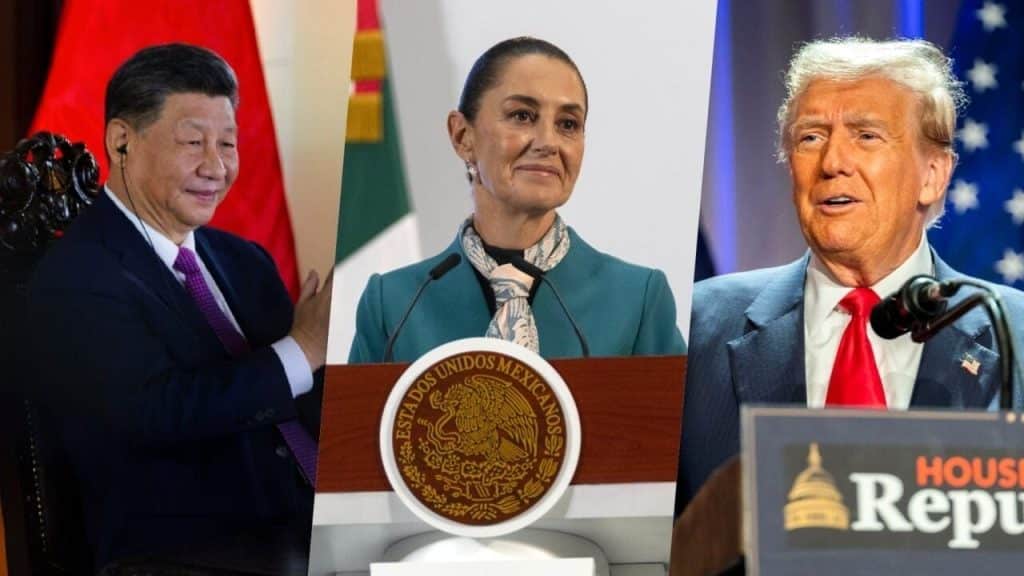Mexico’s tariff game with China: Is Trump involved?
Mexico has decided to maintain its trade status quo and continue to steer its economy in the direction of the United States, while granting concessions to domestic manufacturers. Although talks to build a factory for BYD, China’s largest electric car manufacturer, raised hopes that the two countries might form a strategic partnership (even despite opposition from US President Donald Trump), the imposition of tariffs on a large portion of Asian imports has undermined that prospect.
This decision can be seen as a continuation of Washington’s economic pressure policies against China, which Mexico, as a regional ally of the US, has been forced to follow. More precisely, Mexico is forced to choose between the world’s two economic superpowers, even if this process comes at the cost of limiting economic cooperation with China.
Details of new tariffs, focus on Chinese imports
Mexican President Claudia Sheinbaum’s economic team this week released details of a plan to issue a decree that would impose nearly 1,500 new tariff lines of up to 50 percent on imports.
The tariffs specifically target cars, auto parts, motorcycles, shoes, glass, steel and cardboard, which are imported mainly from China, Mexico’s second-largest supplier.
According to the Central Bank of Mexico, through July 2025, China had sold about $11.581 billion in goods to Mexico, while the United States had exported almost twice that amount ($21.451 billion).
Despite the high volume of imports from China, Mexico’s exports to the United States are twice as large as those from China, which shows that Mexico is more dependent on the American market, which makes its economic and tariff decisions particularly influenced by Washington’s policies.
Tariffs as a tool for balancing trade and supporting domestic production
The new plan, part of the basis of next year’s Mexican budget, reflects the fiscal approach of the country’s president, who, while intending to preserve his country’s territorial independence, is keen to maintain its relationship with its neighbor and main trading partner without any damage, a relationship that has endured at least three decades of free trade negotiations. At the same time, the Mexican government is trying to find a solution to the decline in domestic production.
In this context, Mexico’s tariff policy at this stage is more than just an economic one, it is a political game through which it aims to maintain a strong relationship with the United States, reduce domestic pressures caused by cheap Chinese imports, and strengthen the government’s image among the public as a supporter of national production.

